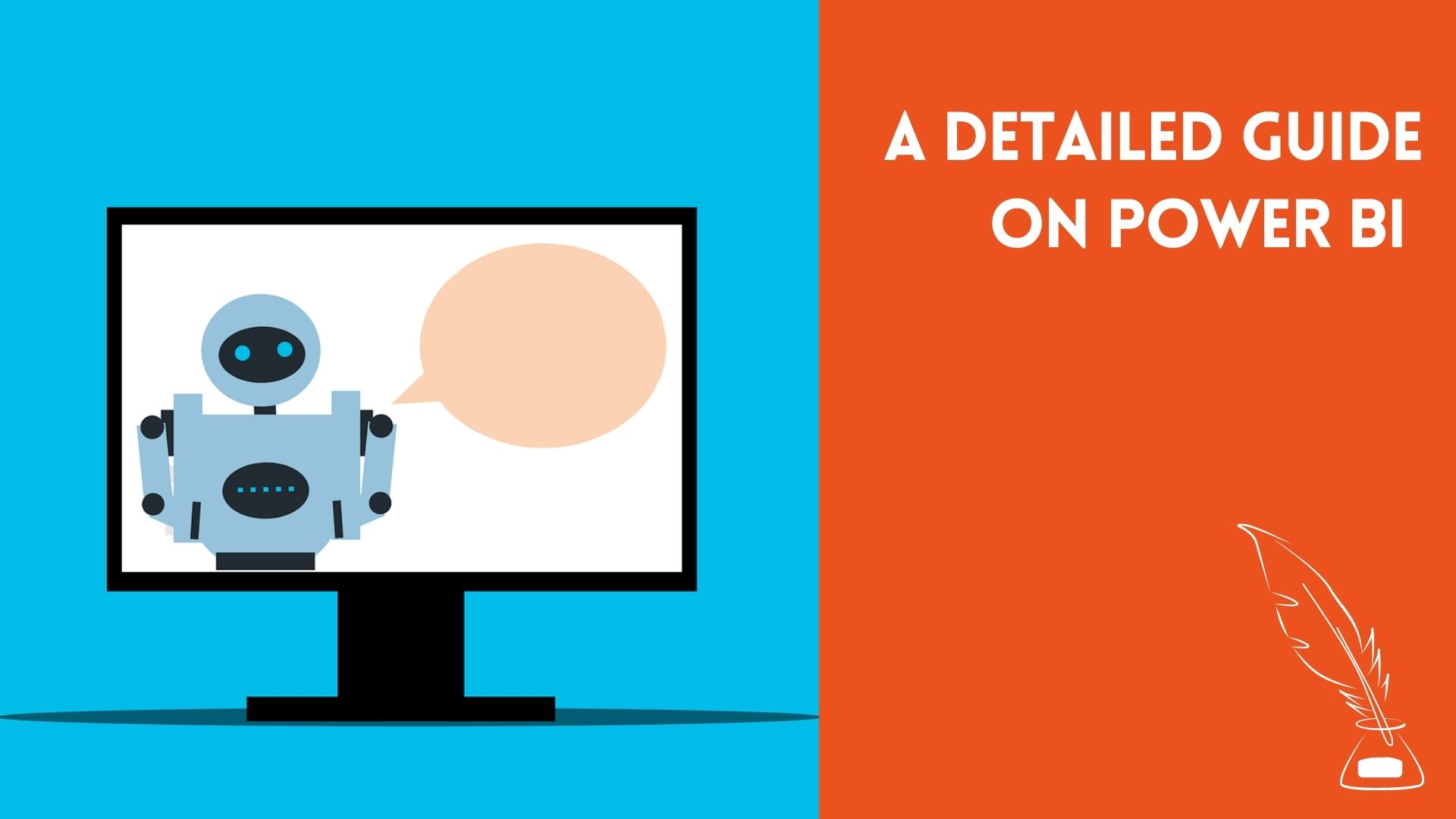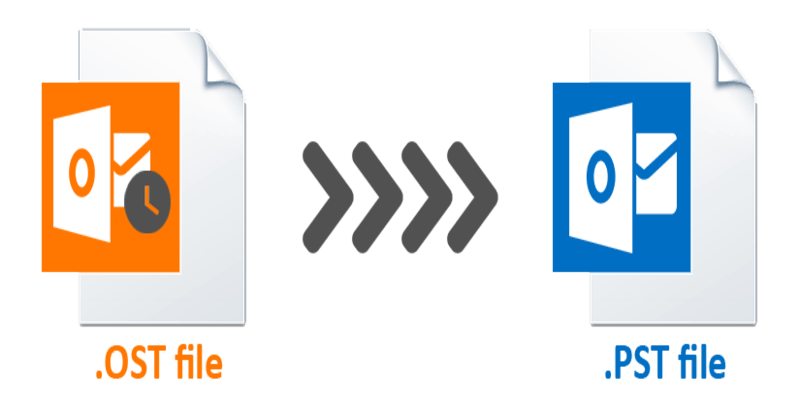Let’s take a brief look at business intelligence before getting into the Power BI introduction (BI). It refers to the process of extracting raw data from a data source, converting it into usable data, and using it to create reports and useful visualizations for data analysis.
Data visualization is the process of graphically expressing tabular data. It allows a user to visualize key data using charts, graphs, KPIs, maps, and other tools to gain significant insights just by looking at them.
We must first grasp the fundamentals of Microsoft Power BI before we begin our adventure of mastering this new BI technology. We encourage you to take some time to properly examine this Power BI course lesson, as it will serve as a foundation for mastering this technology.
What is Power BI?
Microsoft, the tool’s inventor, is the best place to go for an answer to the question “What is Power BI?” It is “…a set of software services, applications, and connections that work together to convert your disparate data sources into coherent, visually engaging, and interactive insights,” according to the firm.
The term “business intelligence” refers to a platform that provides non-technical people with all of the tools they need to gather, display, analyze, and exchange data. This is regarded as one of the greatest drag-and-drop solutions available in the corporate sector today.
Business intelligence, according to CIO, “… utilizes software and services to turn data into actionable insights that guide an organization’s strategic and tactical business choices.” The tools gather and analyze pertinent data, then provide findings in the form of charts, reports, graphs, summaries, maps, and dashboards to give users precise and thorough information on the company’s state.
In essence, business intelligence use technologies to transform raw data into smart plans and activities that may help a company on a variety of levels; Power BI is one such tool. There are several business intelligence courses to pick from if you want to learn more about the subject.
History of Power BI
Power BI is a Microsoft tool that was first published on July 11, 2011. Ron George conceived and produced it in 2010, and it was published under the name “Project Crescent.” Microsoft changed the name to Power BI and released it to the public in September of 2013.
This Power BI for Office 365 version included Microsoft Excel add-ins, Power Pivot, Power View, and Power Query. Microsoft incorporated sophisticated features like natural language Q&A, enterprise-level data security and networking, Power data gateways, and more in subsequent versions.
On July 24th, 2015, This was released to the general public for the first time. As of 2019, the 2019 Gartner Magic Quadrant for Analytics and Business Intelligence Platform has named Power BI as one of the leading BI solutions.
Why Power BI?
Let’s go through a few reasons why Power BI is such a crucial tool in today’s world and why we need it.
- Establishing direct links to data sources allows for real-time analysis. Furthermore, data refreshing maintains data up to the current to the second.
- Custom visualizations from a custom visuals gallery can be used. There are several possibilities and categories for custom graphics.
- Using the Quick Insights tool, you may rapidly search your data for critical insights and information.
- Establish a live or non-live connection to on-premises data sources like SQL Server, and access data through data gateways using a secure channel. As a result, Power BI is enterprise-ready, as on-premises connections provide safe data transmission and the technology is scalable and dependable.
- Other services, such as SQL Server Analysis Services (SSAS), Microsoft Excel, and others, may be accessed with it.
- It is a cutting-edge business intelligence tool that makes use of cutting-edge technology including HTML 5.0, column store databases, cloud computing, and mobile apps. Because This is continually updated with new features, this helps to maintain it at the top and popular.
Features of Power BI
Most distinctive and intriguing characteristics:
- Datasets
- Dashboards
- Custom explorations
- Data connections
- Filters
- Ad-hoc analysis
- Reports
- Trend Indicators
- Navigation pane
- Online Analytical Processing (OLAP)
- Natural Language Q & A box
- Office 365 app launcher
- Dax functions and formula
- Content packs
- Authoring interactive ports
Components of Power BI
It is a business intelligence and data mining software package from Microsoft that contains several services. Each of these services has a distinct purpose and works together to guarantee that it runs well. Each of these services or components, as well as their roles, will be discussed below.
Pivot Point:
This service delivers analytics-ready capabilities for modeling data from in-memory data sources.
Power BI Desktop is a desktop version
It’s a Power View, Power Query, and Power Pivot-compatible programming tool. You can import data from a data source, prepare and convert it, and then utilize it in visualizations to produce reports using Power BI Desktop.
Website for Power BI:
It’s an online platform that allows you to browse and share Power BI apps and solutions. Using this Website, you can create dashboards from reports, share them with other Power BI users, and slice and dice data in the report. Users can share workbooks and data views with other users via the Power Service.
Power Q&A Session:
You may use natural language queries to search for data or uncover insights using the Power Q&A option. It instantly detects your query and offers related results.
Apps for Power BI on mobile:
Reports and dashboards published on a cloud service, which is mobile hosted these instances, may be viewed and interacted with by business users. Android, Windows, and iOS devices are all supported by mobile apps.
Catalog of Data:
You may search for and reuse searches using the Data Catalog feature.
Gateway for Data Management:
Regular data refresh, data feed reading, and table exposing are all taken care of here.
Users of Power BI
Their users are divided into four groups based on their motivation for using the tool. Analysts, business users, IT professionals, and developers are the four sorts of users. Let’s get to know them a little better.
Analysts
Analysts utilize to create reports, dashboards, and data models, as well as analyze them for important insights. It has a variety of data sources from which an analyst may extract data, create a shared dataset, cleanse and prepare data for reporting and analysis.
Users in the Workplace
Business users are regular people who look at the reports and dashboards that are accessible for them to share on the website or mobile app. They may also set up an alert notice for every data change or anomaly (if occurs).
IT specialists
The key concerns of IT professionals are data scalability, availability, and security. They also have a centralized management system for all services and users.
Developers
Developers are in charge of all technological tasks. Their main responsibilities include designing bespoke Power BI visualizations, integrating this into other apps, and producing reports, among other things.
This concludes our Microsoft Power BI beginning tutorial. We hope it was useful in establishing a firm technological basis for you.





